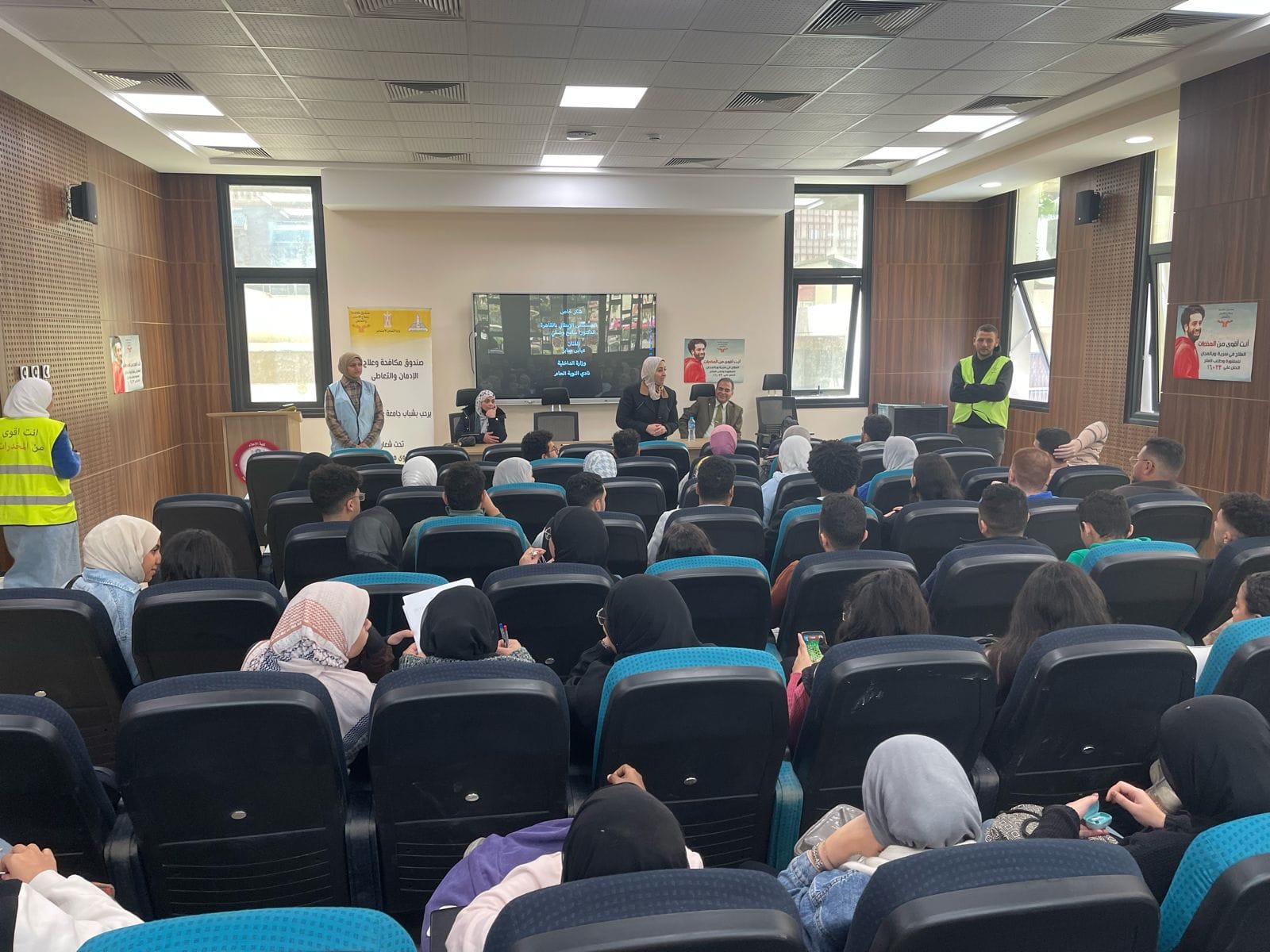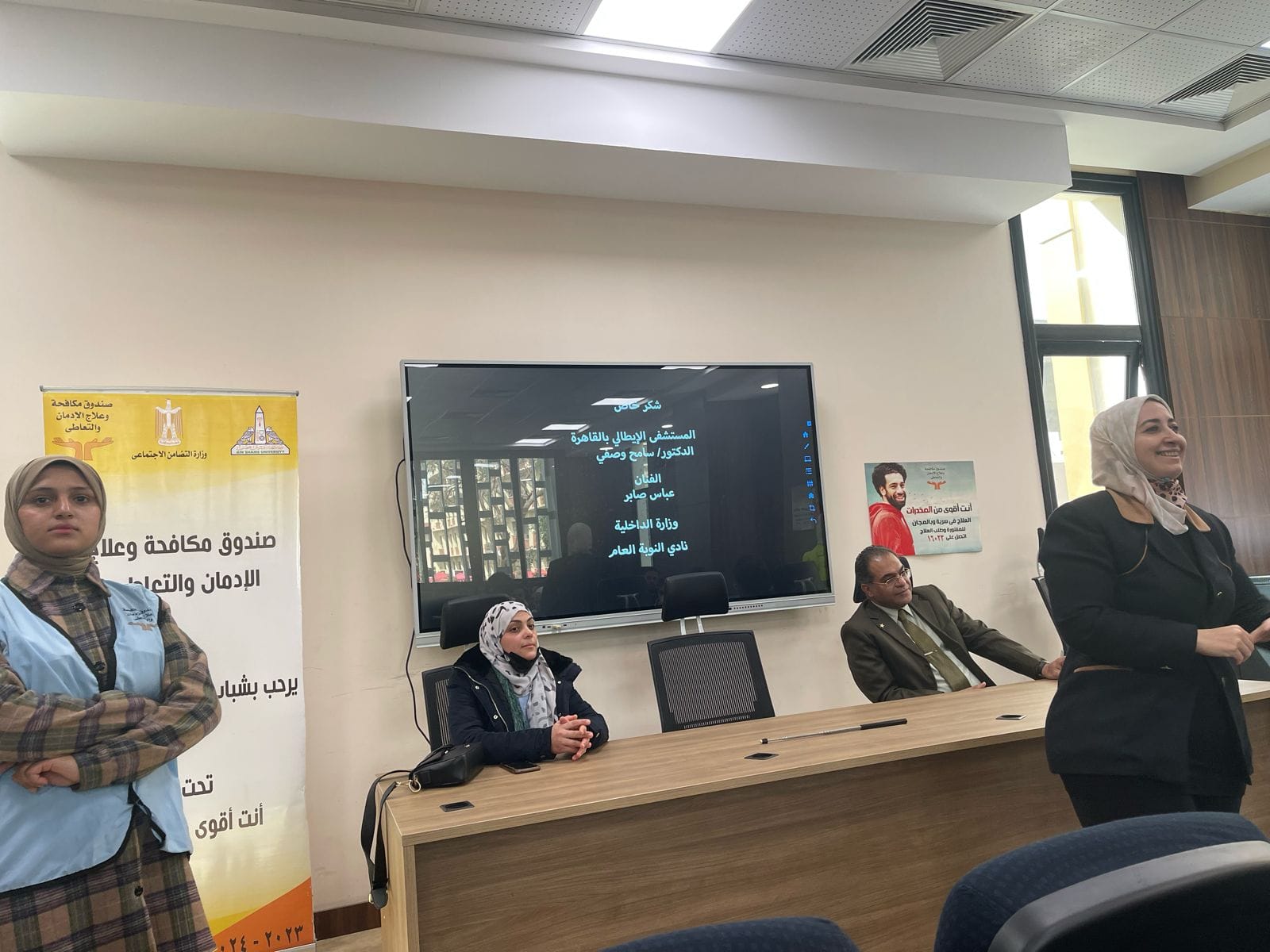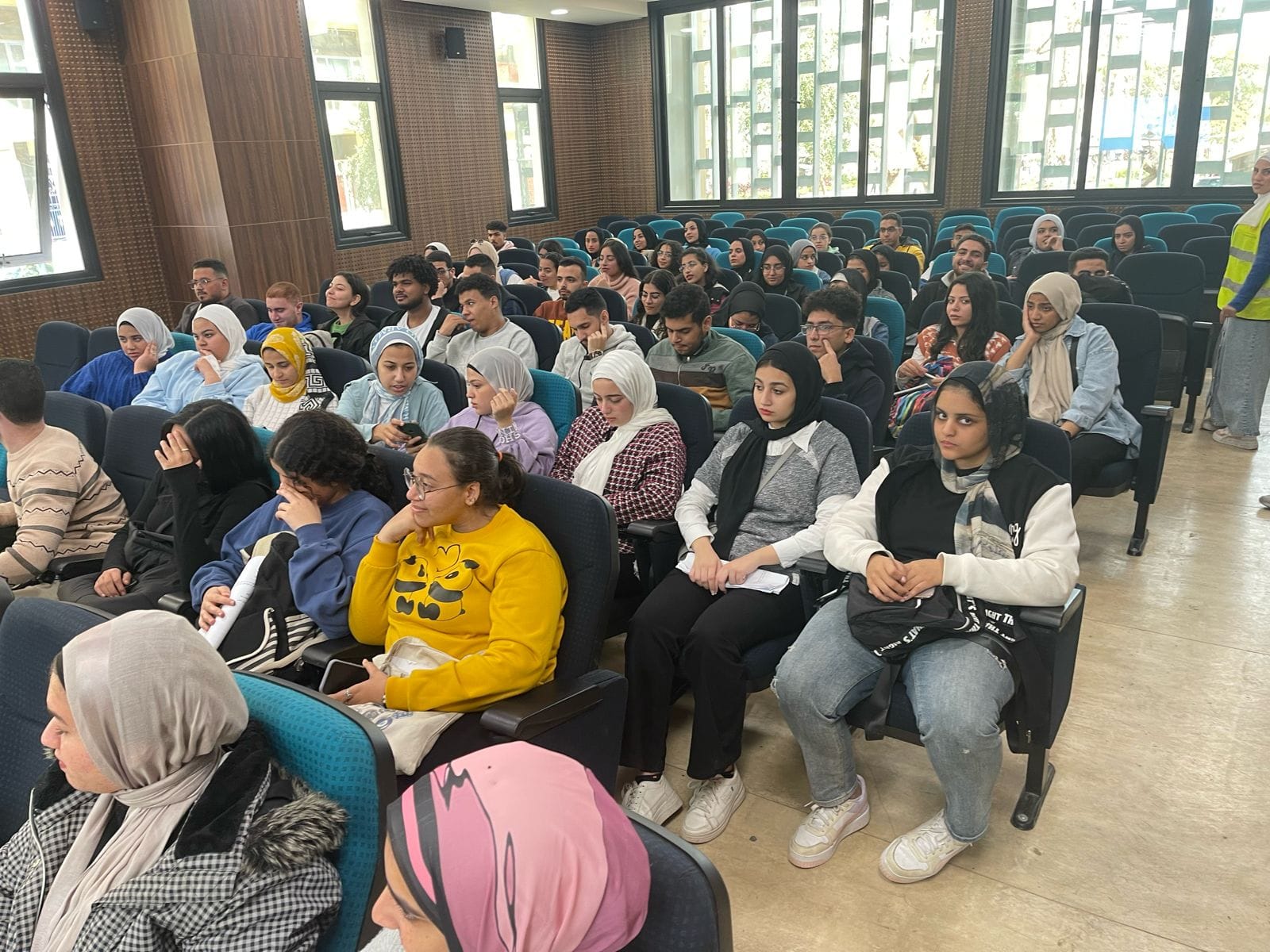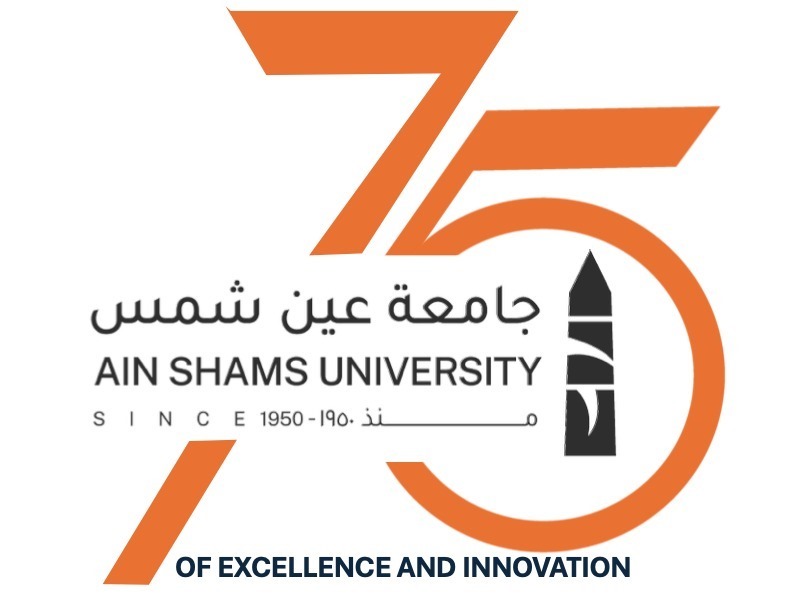Activities of the awareness symposium on “Addiction... Risks and Harms” at the Faculty of Mass of Communication
Within the framework of the role of various media outlets in combating drug abuse through the awareness spaces they devote about the dangers of this phenomenon and its consequences on the individual and society, the Faculty of Mass of Communication at Ain Shams University hosted the awareness symposium organized by the education sector and students at the university through the Department of Families and Student Unions of the General Administration of Youth Welfare in cooperation With the Council of Ministers’ Addiction Control and Treatment Fund entitled “Addiction... Risks and Harms.”
 |
 |
 |
||
Under the auspices of Prof. Mohamed Diaa Zain El-Abedeen, President of Ain Shams University, Prof. Heba Shaheen, Acting Dean of the Faculty of Mass of Communication, and under the supervision of Prof. Salwa Suleiman, Acting Vice Dean for Education and Student Affairs, in the presence of Dr. Rasha Muhammad Rashad, researcher at the Fund for Combating Addiction and Abuse Treatment headed by the Council of Ministers, Dr. Ahmed Abdel Shafi, toxicology officer at the Forensic Medicine Authority, and a group of students from the Faculty of Information.
Awareness seminars on "Addiction... Risks and Harms" are scheduled to be held successively in all university faculties.
The symposium discussed the types of synthetic drugs, including pharmaceutical drugs that enter the body through incorrect use by the individual, such as treating Parkinson’s disease, antidepressants, nerve treatments, and tranquilizers. However, the large number of these drugs can be addictive, including synthetic materials that have no medical use and are manufactured in illegal laboratories. It is used as a narcotic substance, such as methamphetamine, and synthetic and hallucinogenic techniques.
The symposium also pointed out the importance of the role of the family as the first line of defense to protect its children from drugs, through understanding the nature of the problem, understanding methods of primary prevention and early detection, and knowing the nature of its role in treatment and rehabilitation in the event that one of its members falls into drug addiction.


.svg)




